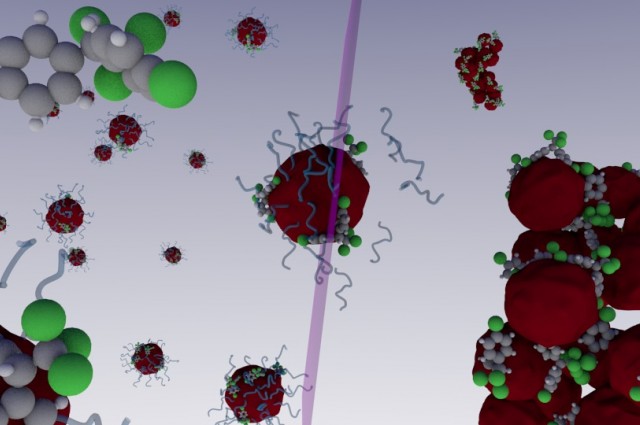Removing pollutants from water and soil might be easier than we ever imagined thanks to the work performed by researchers from the University of Regensburg in Germany and the Massachusetts Institute of Technology in the U.S. The scientists have discovered a way to remove pollutants with the help of nanoparticles without leaving behind any byproducts.
DON’T MISS: 10 hidden tricks that could completely change the way you use your iPhone
Using the technology, companies can cleanse water and soil like never before, IFL Science reveals, as the nanoparticles would be cheaper, simpler and cleaner to employ than any similar methods.
The nanoparticles would bond to specific chemicals, like pesticides. Then, by shining ultraviolet light on them, they would clump together into microscopic lumps of contaminants, which can then be removed from water or soil with filters.
The technology would let companies turn contaminated water into drinking water and remove pollutants from soil so that it could be used for farming purposes.
Nanoparticles have been used before to remove contaminants, but earlier methods have always had byproducts and required strong magnets. These particular nanoparticles are made of biodegradable polymers, which are also used for drug delivery in medicine.
“We can remove the particles with UV light, we don’t need magnets, and we don’t have toxic material in the environment after use,” University of Regensburg lead author Ferdinand Brandl said.
The researchers tested the product using zebrafish embryos and proved that the water that contained the nanoparticles was suitable for life, as they removed the pollutants without killing the embryos.
“If someone really wants to pursue this project, it would be possible to have some pilot scale or study applications in a few years,” Brandl said. “It’s not very complicated to scale up the process and make larger quantities.”




